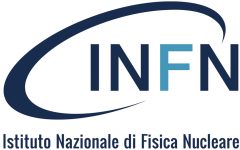On May 6 we will have a seminar by
Fabio Apruzzi (University of Oxford)
Title: Holography, 1-Form Symmetries and Confinement
Abstract: I will discuss confinement in 4d N = 1 SU(N) Super-Yang Mills (SYM) from holography, focusing on the 1-form symmetry and the holographic realization in terms of the Klebanov-Strassler solution. I will show how from the 5d consistent truncation it is possible to identify the topological couplings that determine the 1-form symmetry (and thus global forms of the gauge group) and its ’t Hooft anomalies. One of the topological couplings corresponds to a mixed 0-1-form symmetry anomaly, which is related to chiral symmetry breaking in the infrared (IR) vacuum. I will also show how to derive this anomaly from the Maldacena-Nunez solution and Little String Theory realizations of pure SYM. I will then discuss how other couplings in the 5d supergravity description of the IR Klebanov-Strassler solution lead to a 4d Topological Field Theory (TQFT) in the boundary, which saturates the mixed anomaly.
Meeting information:
6th of May 14:30 Italian Time
Zoom Meeting https://l.infn.it/stringwebseminar
Slides are available at
https://pandora.infn.it/public/348d2f
